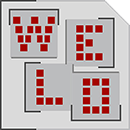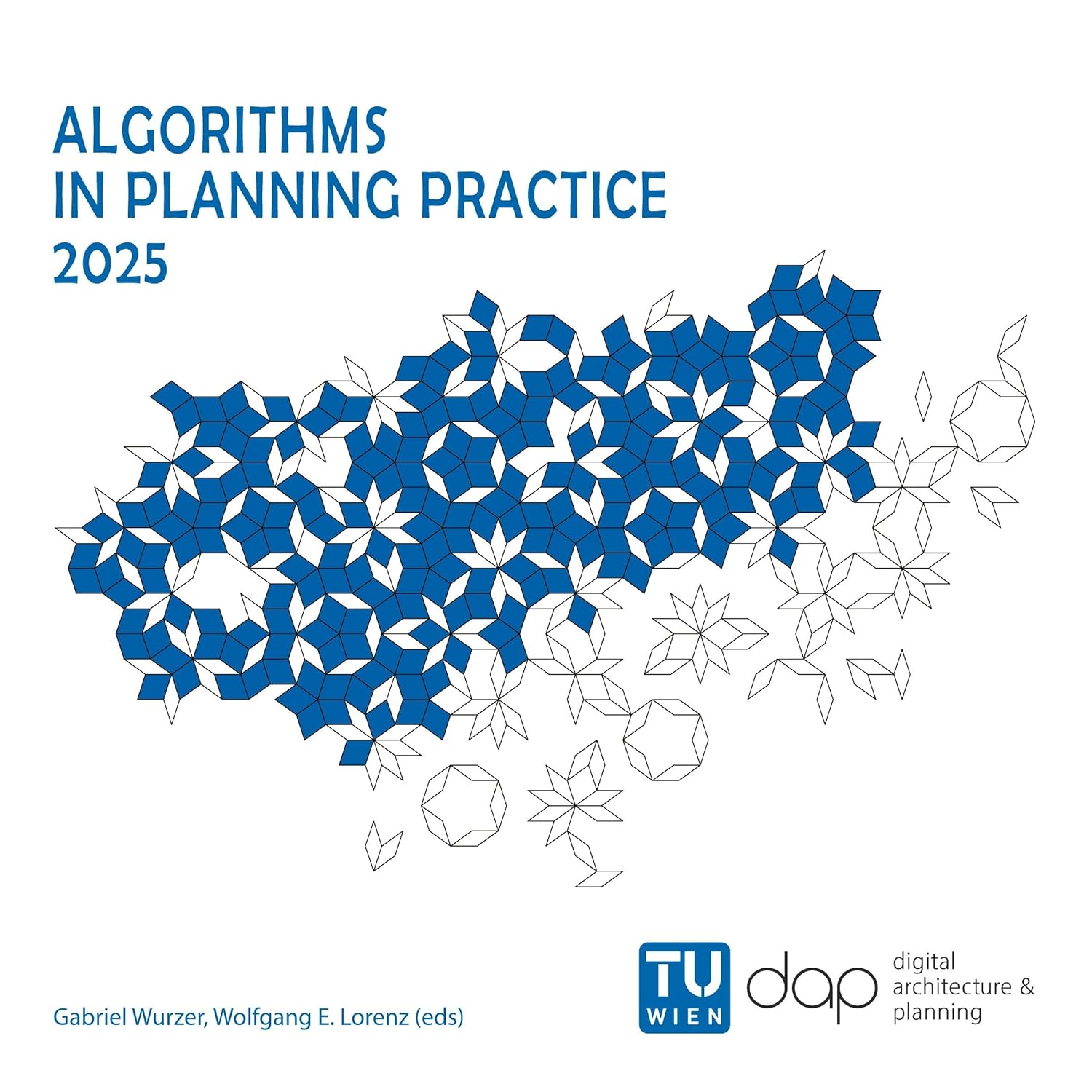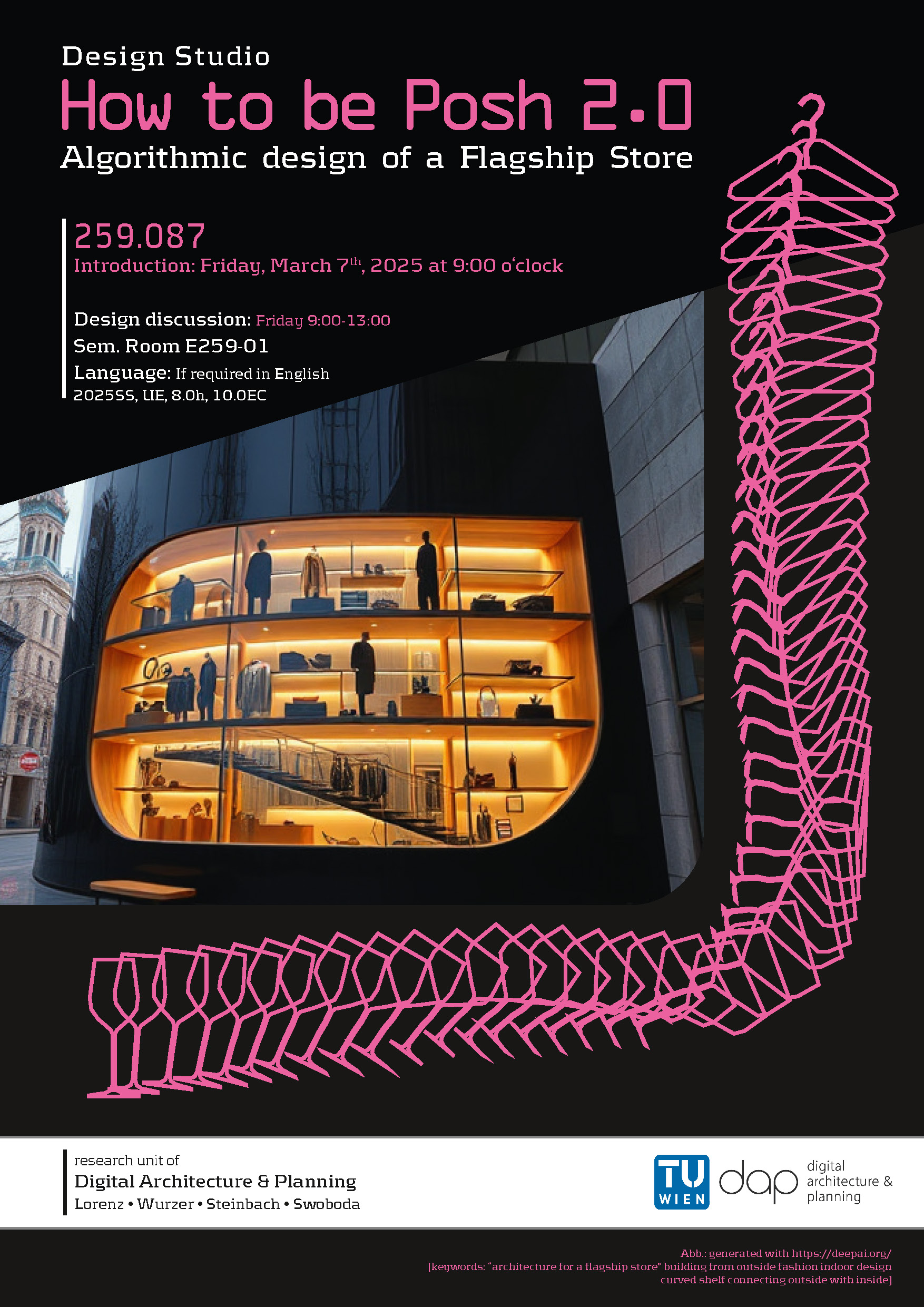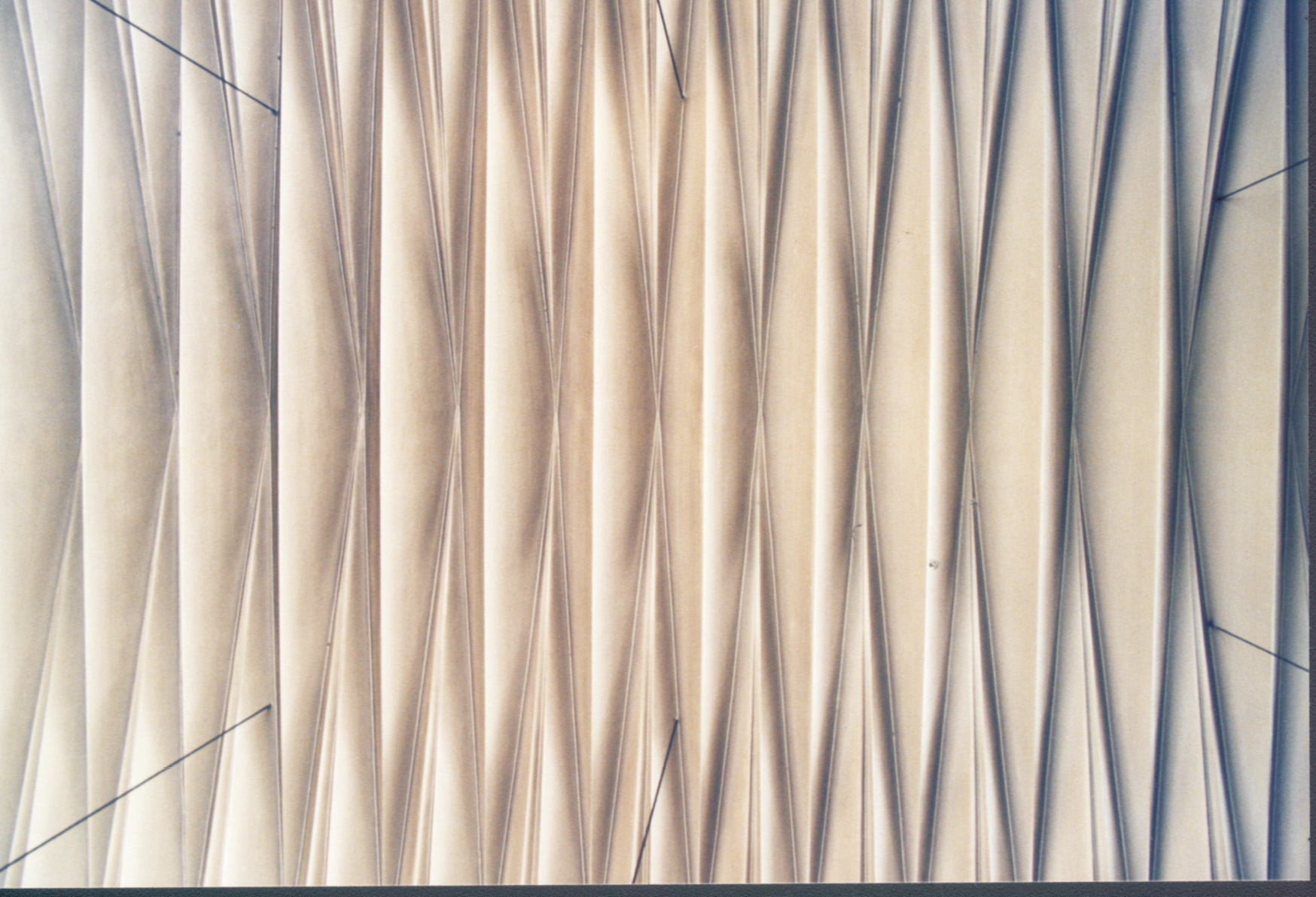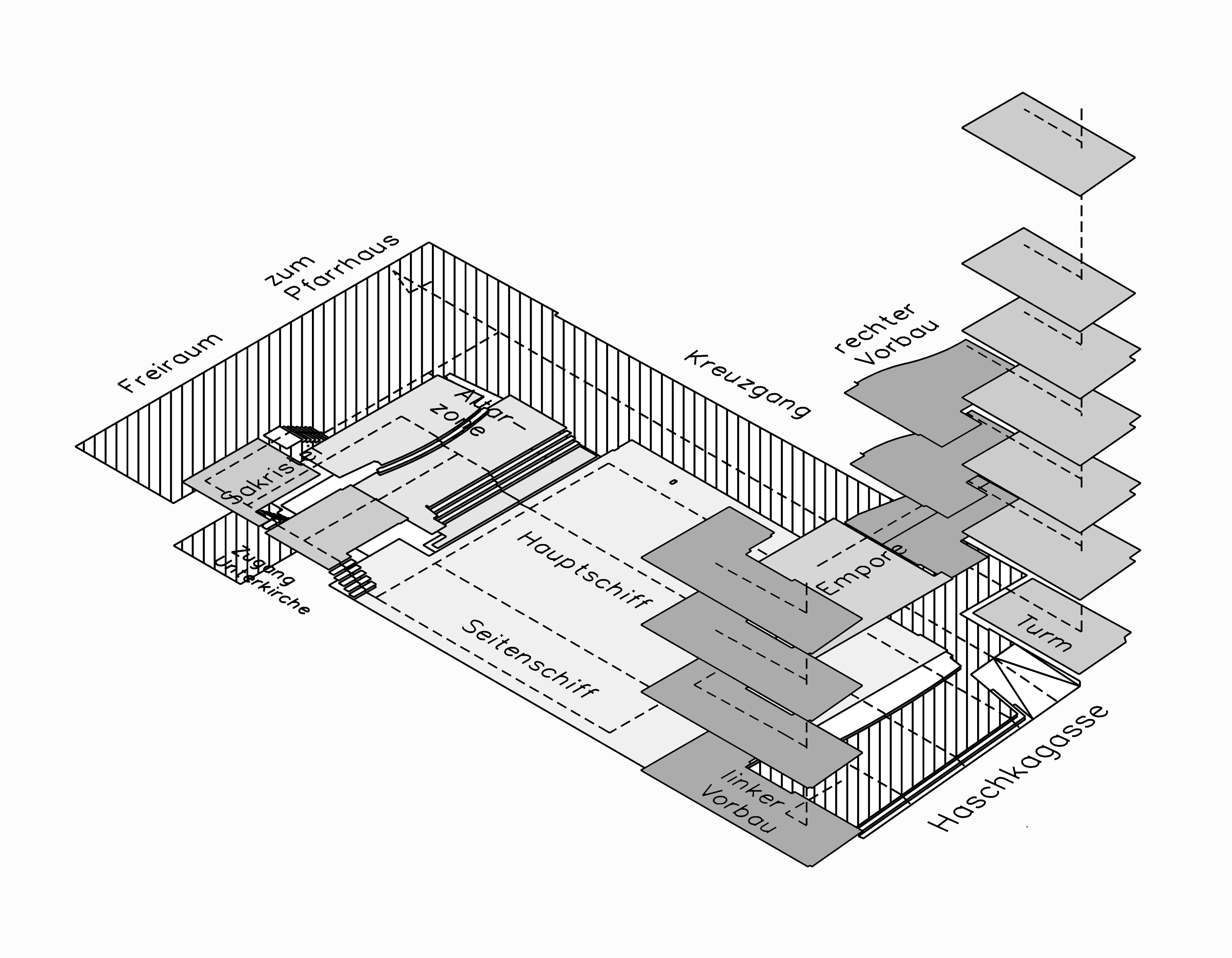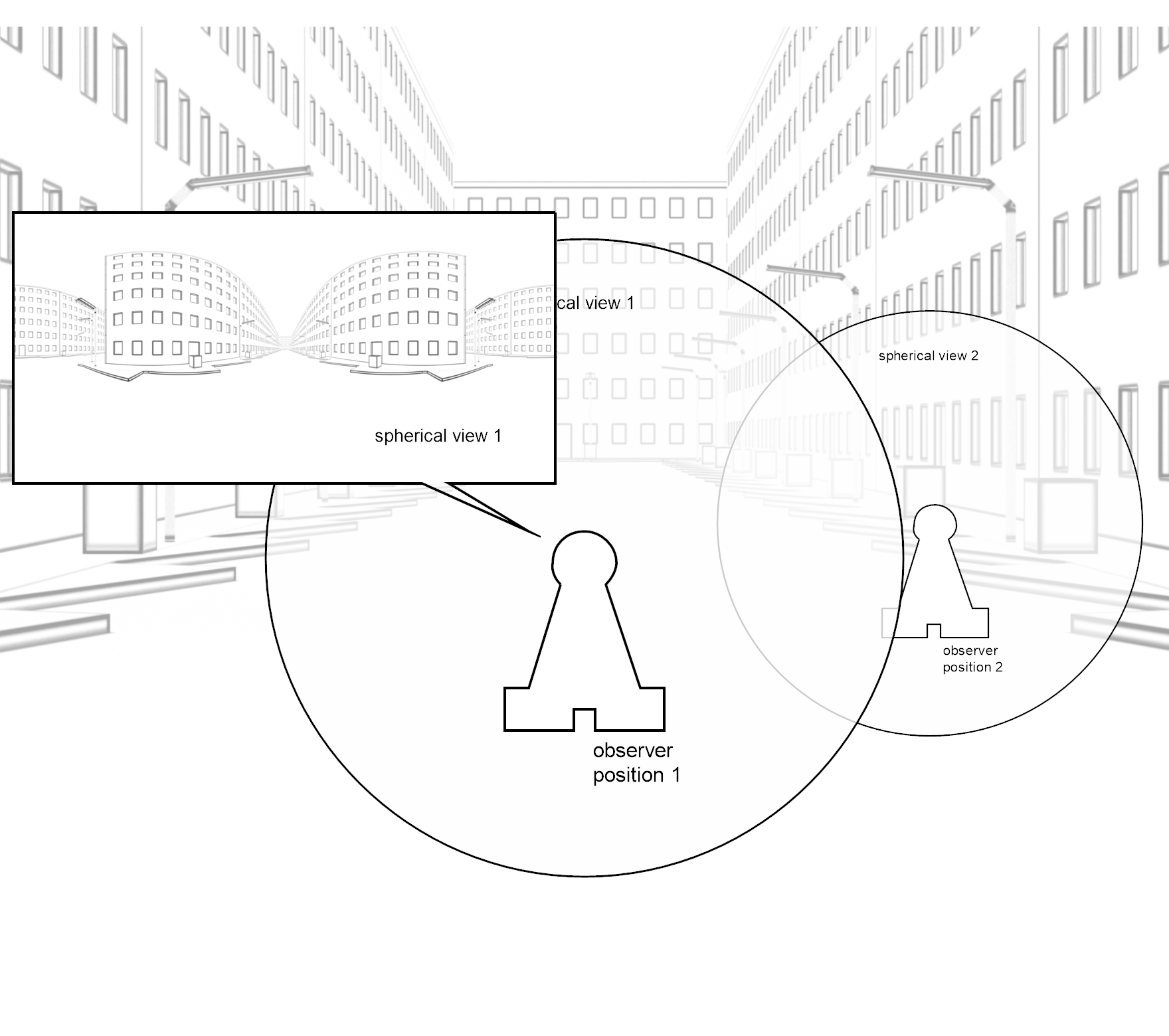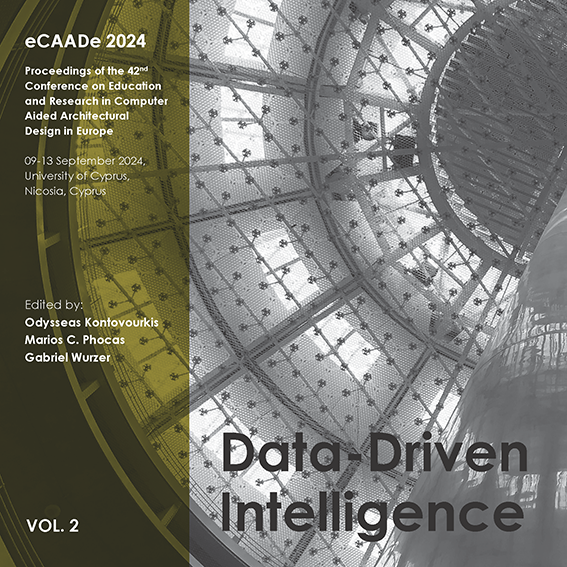3.5 L-Systems - Lindenmayer-Systems
Lindenmayer-Systems, are like the IFS very close to naturally looking objects. The biologist Aristid Lindenmayer developed this variant to describe plant-forms. Similarly to the transformation rules of IFS, which makes “n” new elements out of one by a certain rule, the Lindenmayer-System in its first step uses symbols as a set of rules. To illustrate this stage, a set of transformations may for example be given by: "l" is replaced by "l+l--l+l".
That means starting with "l", the first iteration for this example runs as follows "l+l--l+l", the second one "(l+l--l+l) + (l+l--l+l) - - (l+l--l+l) + (l+l--l+l)" and so on. But this does not lead to any picture - e.g. plant-form. Therefore a second step is required, which translates the symbols into drawing rules. "l" for example symbolizes a piece of a straight line forward, "-" an angle of e.g. 60 degrees to the right and "+" an angle of 60 degrees to the left. By that it is possible to generate self-similar mathematical fractals but also plants, bushes and trees - see picture 19.
